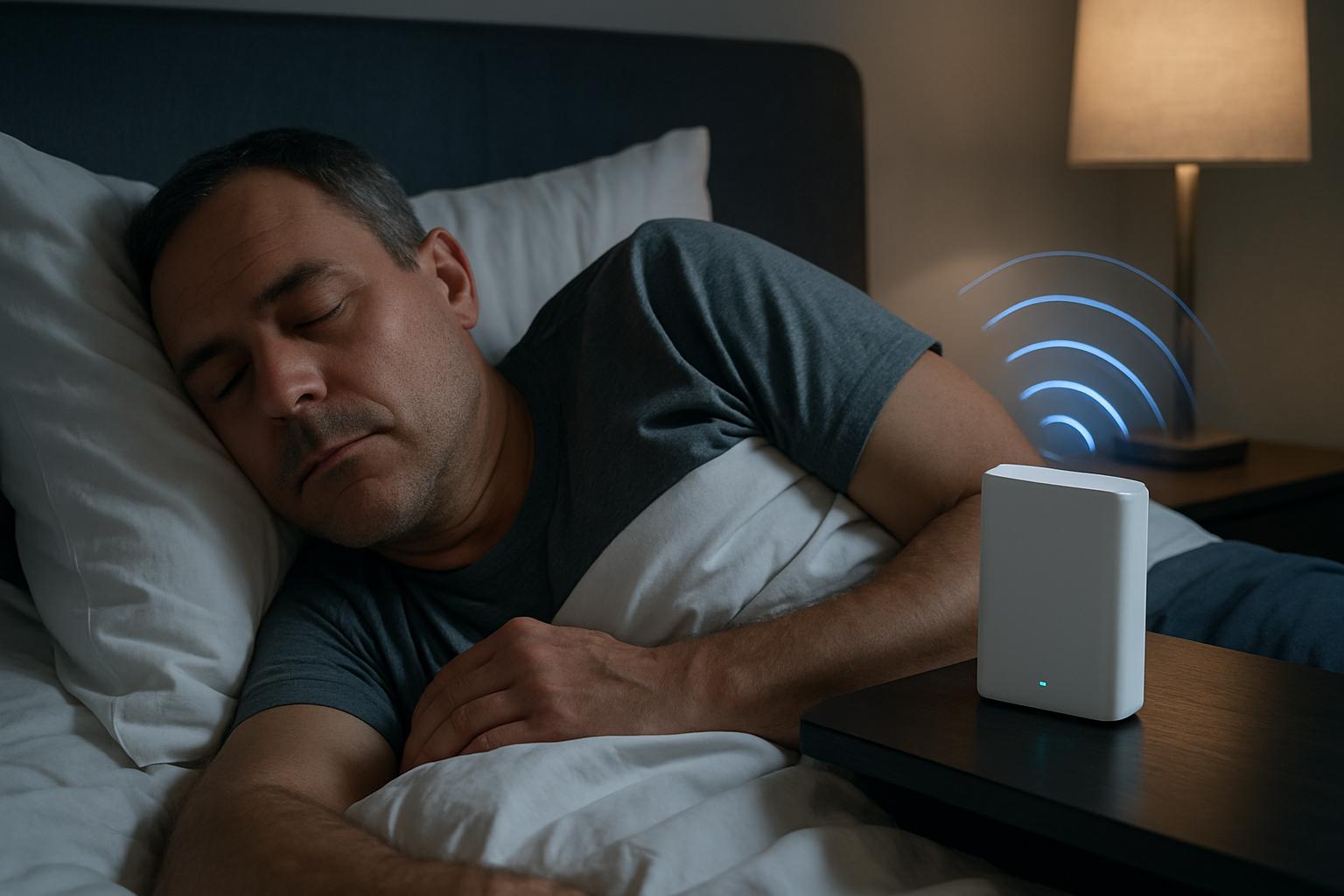Imagine this: You drift off to sleep in the comfort of your own bed—no wires, no beeping devices, no uncomfortable chest patches. Just you, the blankets, and… a radar quietly watching over your heartbeat. Sound like science fiction? In Sweden, it’s already becoming science fact.
In a clever marriage of old-school radar and cutting-edge artificial intelligence, Swedish researchers have unveiled an incredibly promising tool for detecting atrial fibrillation (AFib), a sneaky and often symptomless irregular heartbeat that can lead to stroke if left untreated. The best part? It works while you’re asleep. And you don’t have to wear a thing.
The Setup Looks Simple—But Don’t Let That Fool You
At a glance, the setup is almost laughably low-key: a radar device mounted above your bed. But beneath the surface, it’s doing something extraordinary—monitoring tiny chest movements caused by your heartbeat and breathing, all without touching you.
For those unfamiliar, AFib is a common heart disorder where the upper chambers of the heart beat irregularly or too fast. The tricky part? It comes and goes. That means unless you’re actively having an episode while hooked up to an electrocardiogram (ECG), it can easily slip past unnoticed.
Once ignored, though, atrial fibrillation can have serious consequences—particularly an elevated risk of stroke. That’s why catching it early is absolutely crucial.
Training AI to Read Between the Beats
So how does radar turn into a heart monitor? That’s where artificial intelligence comes in. The radar collects data—hours upon hours of those minuscule movements your body makes as your heart does its job. The AI, trained on huge datasets of heart activity, pores over the signals, identifying the subtle tells of an irregular heartbeat.
The system’s remarkably good at spotting even short-lived episodes of AFib—moments that could go unnoticed by the person experiencing them and even by some medical equipment.
“We wanted something that fits seamlessly into daily life,” explained one of the lead researchers, in an interview published by Dagens Medicin on July 1, 2025. “Because early detection saves lives. There’s no doubt about that.”
Heart Monitoring That Doesn’t Feel Like Monitoring
One of the standout features of this technology is how it fits into the rhythm of someone’s day without interruption. Placed above a bed, behind a TV, or near your favorite reading chair, the radar does its work in the background—no apps to open, no batteries to charge, no behavior to change.
This could be a game-changer, especially for older adults or people with limited mobility who might not tolerate (or remember to wear) smartwatches or medical monitors. And since it’s passive and contact-free, there’s no discomfort or stigma attached.
A Watchful Assistant, Not a Doctor Replacement
Now, to be clear, no one is suggesting radar will replace cardiologists. What this tech offers is an early-warning system of sorts. It gives doctors a heads-up that something might be off—prompting more targeted tests, sooner. That window of time can mean the difference between managing a heart condition and facing a life-threatening complication.
The Swedish team is already working on:
- Improving the AI’s accuracy
- Rolling it out to larger and more diverse groups
- Integrating it into elder-care and home health monitoring systems
Why It Matters More Than You Might Think
Atrial fibrillation affects over 11 million people across Europe. And as the population ages, that number keeps climbing. The scary part? Many live with it unknowingly. Catching it early can mean a much smoother treatment path—including medications like blood thinners or minimally invasive procedures that reset the heart’s rhythm.
By turning everyday spaces—like our bedrooms—into quiet, caring observers, this radar-AI combo is offering something revolutionary: prevention without intrusion.
So, if you’ve ever worried about heart health—your own or a loved one’s—this development might just give you a reason to sleep a little easier.
—
Have a personal AFib experience or thoughts about this new technology? We’d love to hear your take. Drop your thoughts in the comments.
